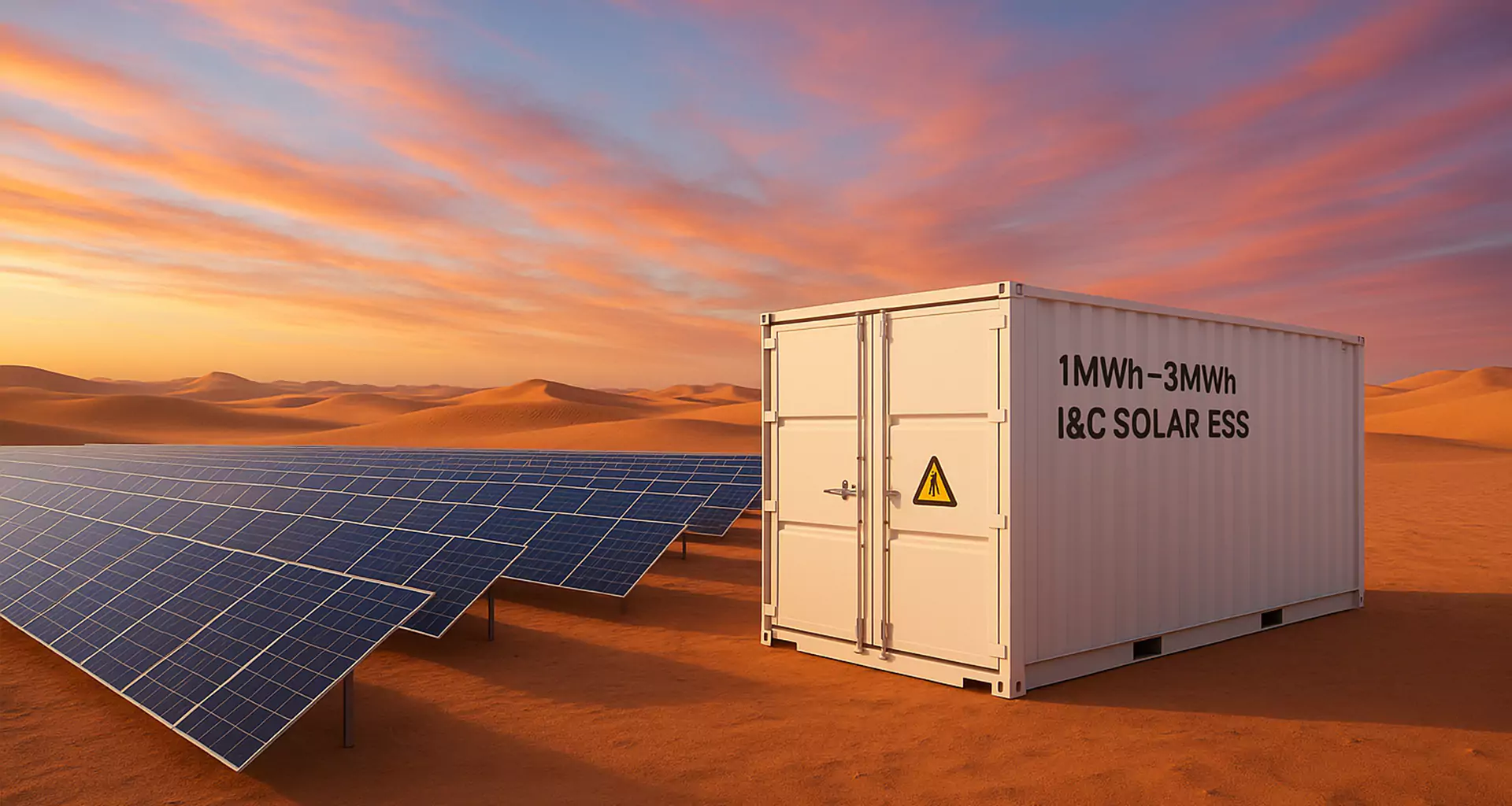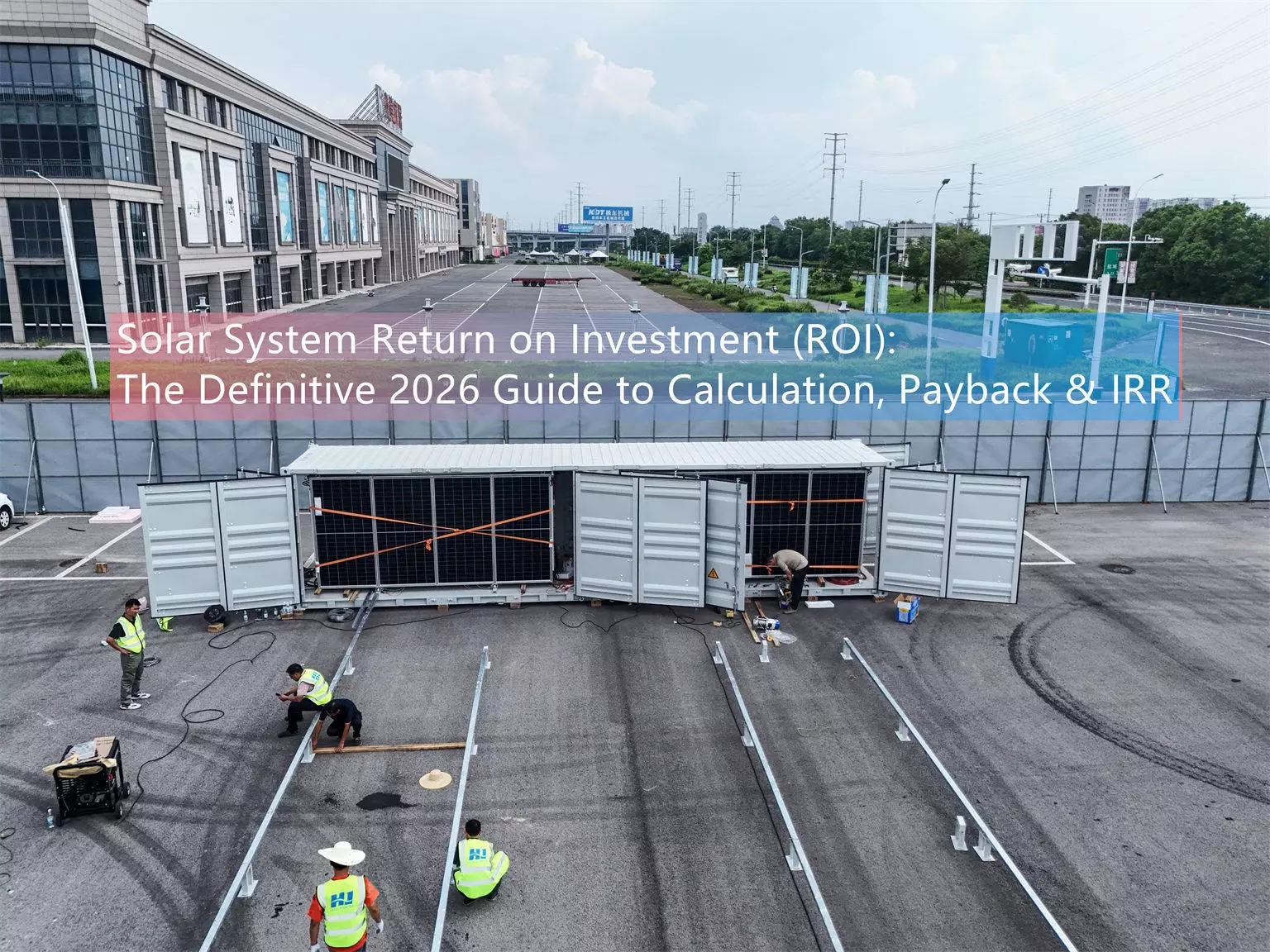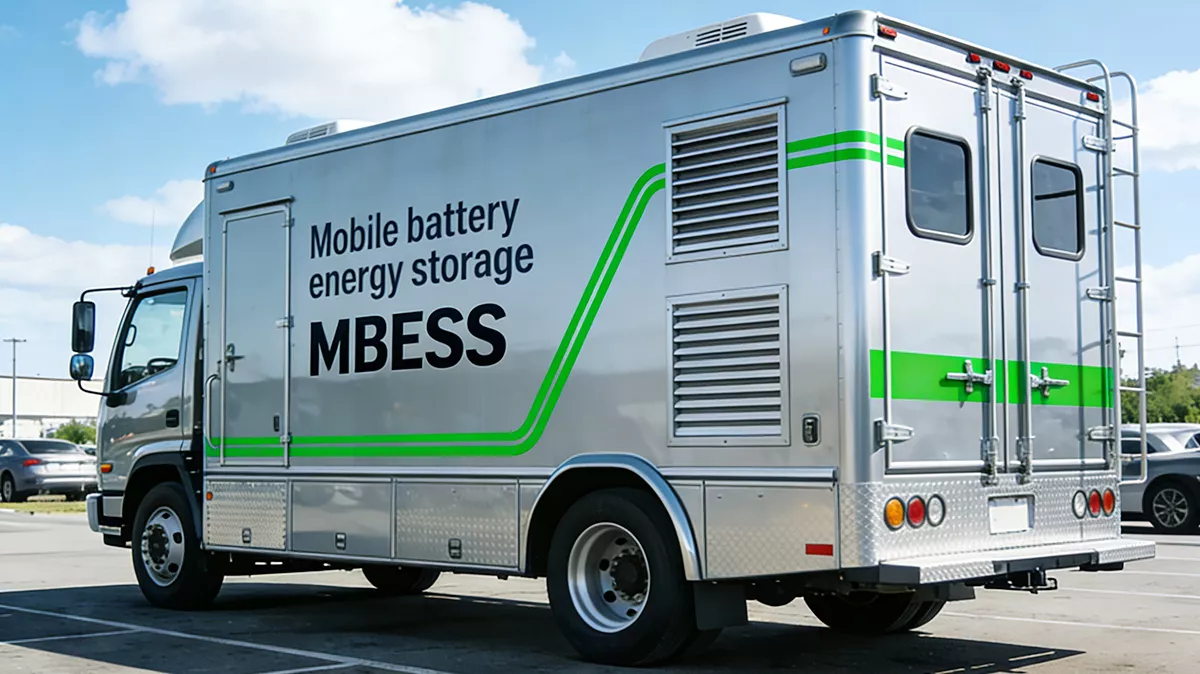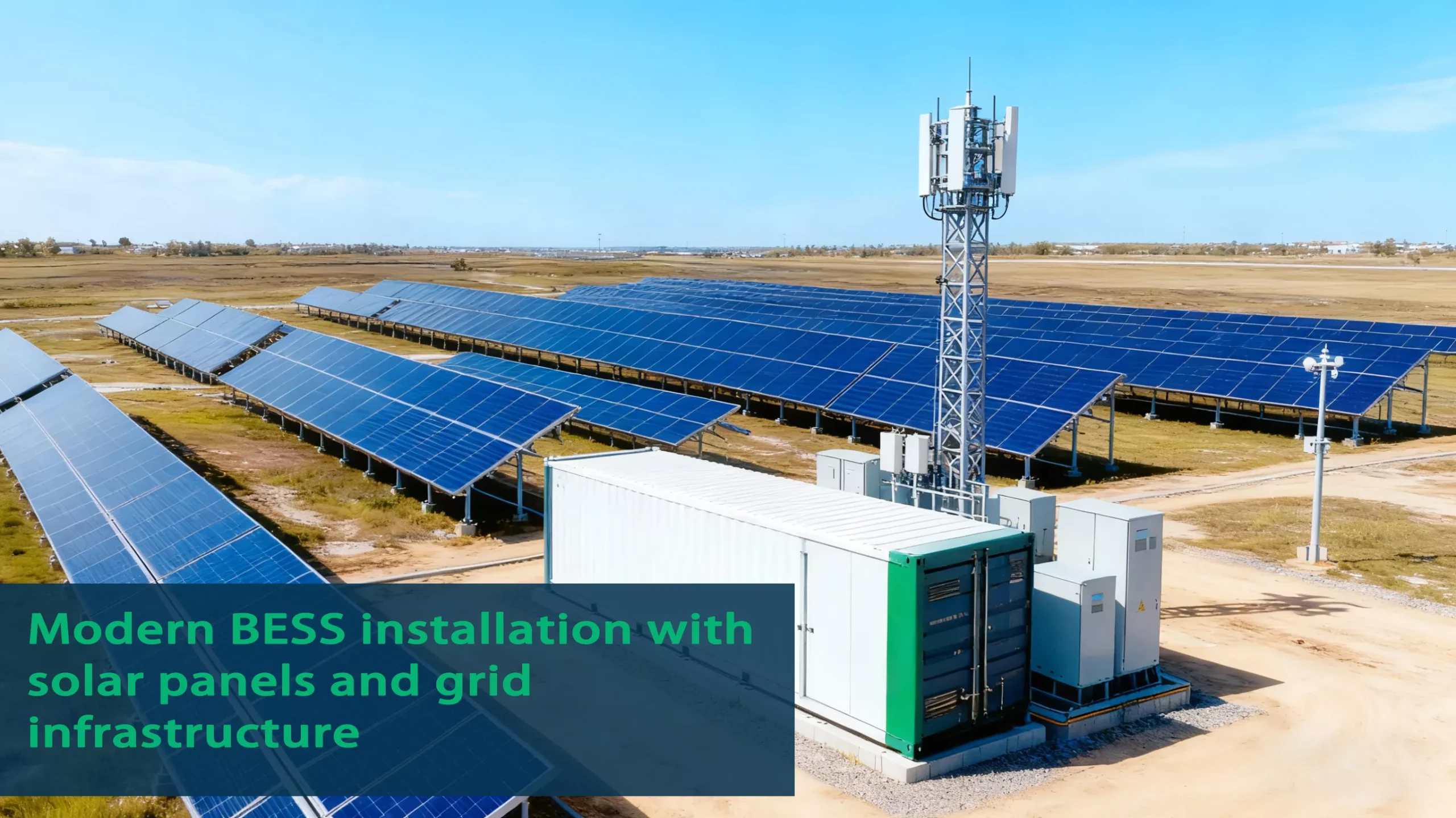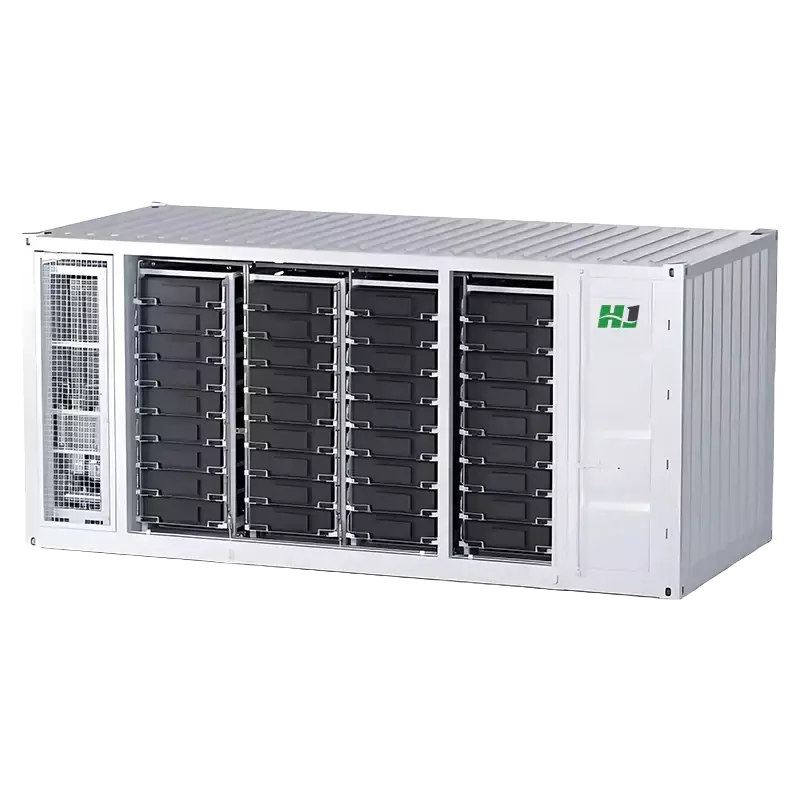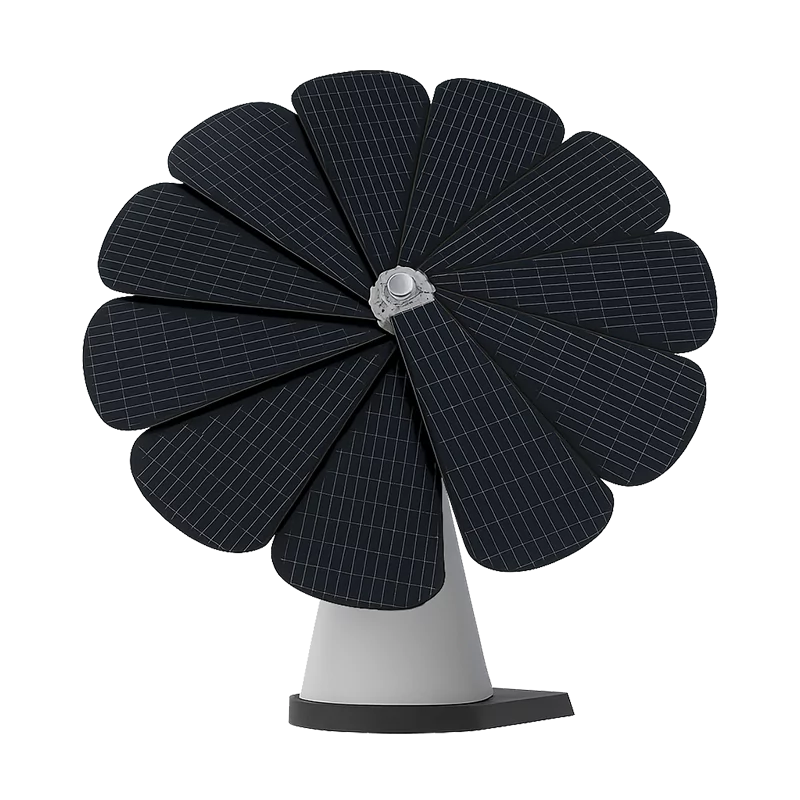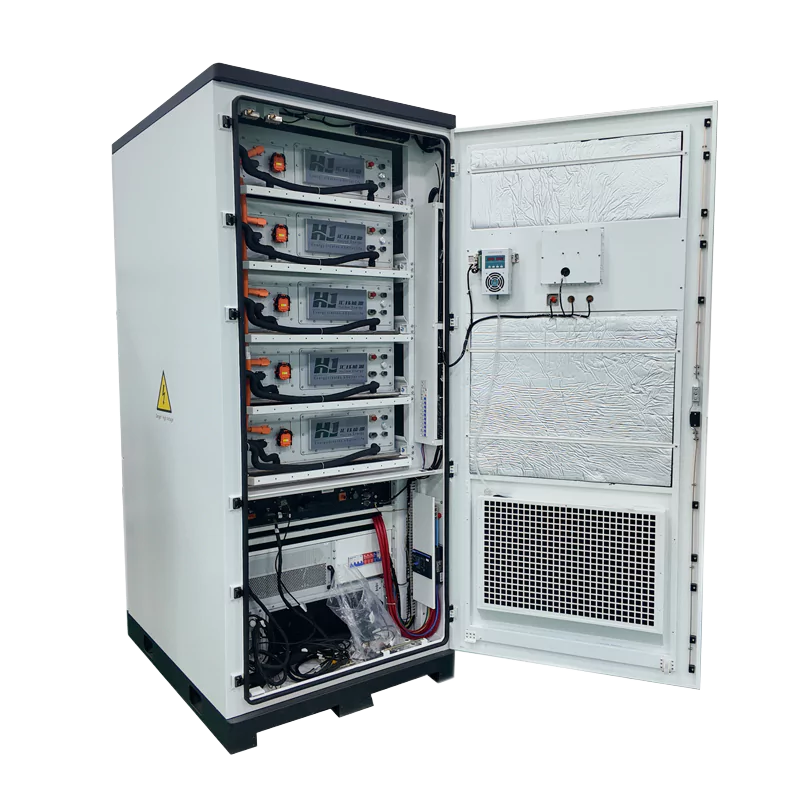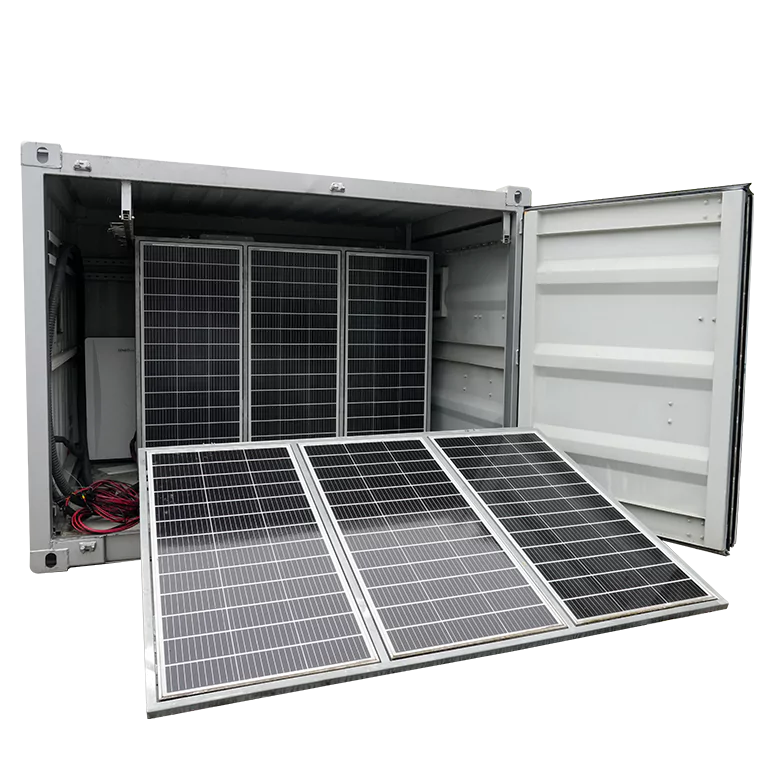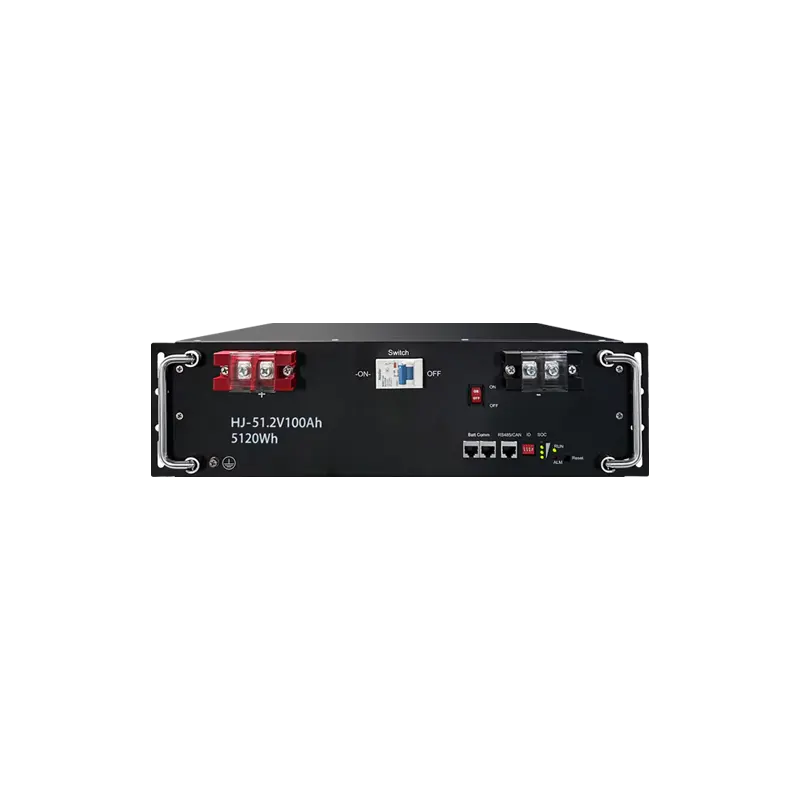What is the Container House Rainwater Collection System?
With the popularization of environmental protection concepts and the continuous development of living containers, rainwater collection systems have gradually come into our view. Container houses, as a flexible form, have also begun to widely apply rainwater collection systems. Today, let’s talk about “what is the container house rainwater collection system”, to help you understand its function, composition and advantages.
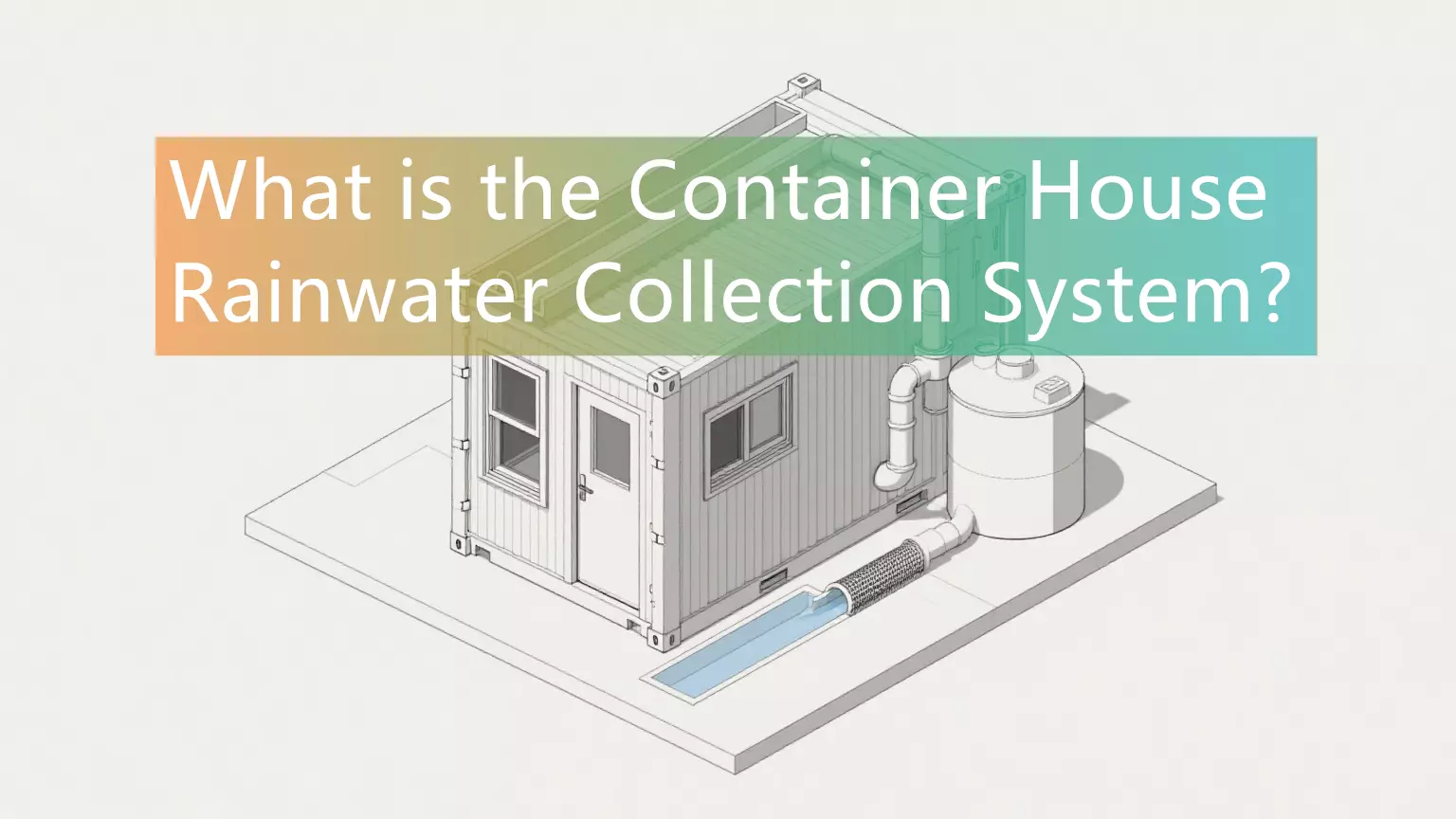
I. What is the rainwater collection system for container houses
Simply put, the container house rainwater collection system is a system that utilizes the rainwater on the roof of container houses, undergoes certain treatments and storage, and is used for subsequent purposes. It turns rainwater into treasure, saves water and reduces the cost of living.
Under normal circumstances, the roof structure of container houses is flat and of moderate size, which is convenient for installing rainwater collection equipment. Due to the special location of container houses, they are not necessarily close to water sources. Therefore, in some cases, a water purification system needs to be installed.
In this system, rainwater flows from the roof into the drainage trough, then is filtered and enters the water storage tank. The stored rainwater can be used for flushing toilets, washing cars, watering flowers, and even after advanced treatment, it can be used for domestic water.
II. Main components of the container house rainwater collection system
A complete rainwater collection system mainly consists of the following parts:
- Collect rooftops: The top surface of the container house is the rainwater collection surface. The roof material must be waterproof and pollution-free to ensure the quality of rainwater.
- Drainage channels and downspouts: Rainwater is collected from the roof to the drainage trough and then directed through downspouts to the filtration device or water storage tank.
- Filtration system: The filtration device is an important link to prevent impurities such as leaves and dust from entering the water storage tank. There are usually two layers: coarse filtration and fine filtration.
- Water storage tank: Store filtered rainwater. Capacity is customized according to requirements, and the materials are usually plastic, fiberglass reinforced plastic, or metal to ensure water quality safety.
- Pumps and piping systems: It is used to transport the stored rainwater to usage points, such as faucets, irrigation systems, etc.
- Water purification equipment (optional): If it is to be used for drinking or domestic water, purification equipment such as ultraviolet sterilization and activated carbon filtration may be equipped.

III. Why are container houses Suitable for installing rainwater collection systems?
The structure is simple and easy to install:
- The structure of container houses is standard, with flat roofs, making it convenient and quick to install drainage channels and water storage devices.
- It is highly mobile and has a wide range of application scenarios.
- Whether it is a remote construction site, a farm, or a tourist attraction, the container house rainwater collection system can play a role and reduce reliance on external water sources.
- Save water and reduce emissions.
- The collection and utilization of rainwater can significantly reduce the consumption of tap water, alleviate the pressure on urban water supply, and at the same time decrease the discharge of sewage.
- Reduce the cost of living.
- Especially in areas with high water bills or tight water sources, the utilization of rainwater can effectively save costs.
IV. Examples of Applicable Scenarios
- Temporary water supply at construction sites: At construction sites without access to tap water, rainwater collection systems are used to provide water sources for flushing and irrigation.
- Farm or greenhouse irrigation: Using the collected rainwater to irrigate crops can save irrigation costs and promote green agriculture.
- Tourist attraction homestays or office spaces: Container houses, in combination with rainwater systems, enhance the green and environmentally friendly image and reduce operating costs.
- Emergency disaster relief and fieldwork: Provide reliable water source support to ensure basic living water supply for personnel.
V. What should be noted when installing the rainwater collection system for container houses?

- Selection of roof materials: Ensure that the collection surface is free of harmful substances to prevent rainwater pollution.
- The filtration system is perfect: Prevent impurities and pollutants from entering the water storage tank to protect water quality.
- The water storage capacity is reasonably designed: Design the water storage capacity based on local rainfall and water demand to avoid waste or water shortage.
- Regular maintenance and servicing: Clean the filtration device and water storage tank to keep the system unobstructed and ensure good water quality.
- Water quality testing: If rainwater is used for domestic drinking, the water quality should be tested regularly to ensure safety.
Summary
The rainwater collection system for container houses is an economical and environmentally friendly way to utilize water resources. It not only makes container houses more intelligent and practical, but also helps save water resources and reduce living and operating costs. Whether in green buildings in cities or temporary houses in remote areas, rainwater collection systems are invaluable helpers.
If you are considering installing a rainwater collection system on a container house, you can first assess the local rainfall conditions and water demand, and then choose the appropriate equipment and solution. In this way, your container house will not only be comfortable to live in, but also more environmentally friendly and cost-effective.
Find Your Solar + Battery Storage Specialist Now!
* Fill out this form and our experts will help you find the perfect solar storage solution for your home or business.


